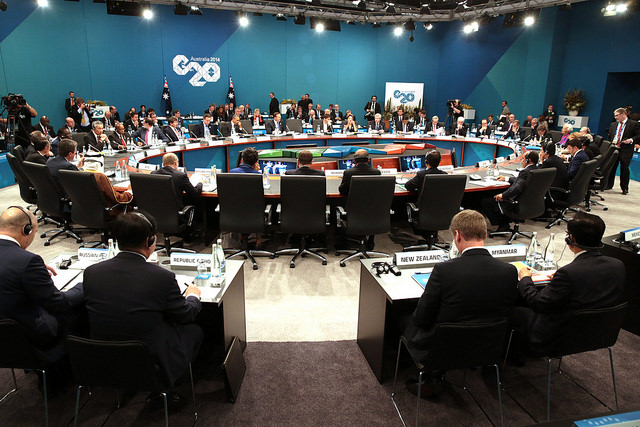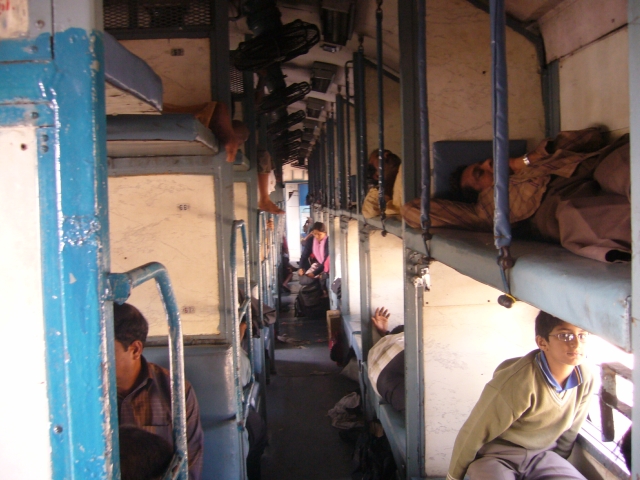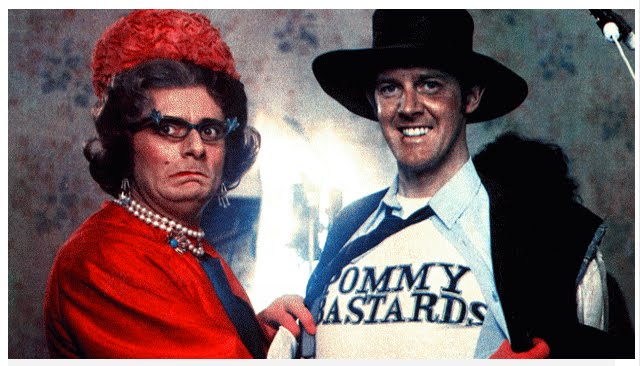Today’s links kick off with the worldwide reaction to the terrorist atrocity in Paris. The other links, which pale in contrast, include why we should really fear deflation, the decline and rise of China and how to understand a food critic.
Cartoonists unite over French terrorist murders
After the terrorist atrocity that saw twelve people murdered in an attack on a magazine office in Paris, cartoonists around the world have shown their reaction.
Why Europeans should fear deflation
Yesterday the main economic news was the Eurozone had re-entered a deflationary period. Irish economist David McWilliams explains why deflation scares governments and banks with some lessons from the Great Depression.
The decline and rise of London
In 1939 London reached its peak population of 8.3 million then saw declines for the next fifty years as war, government policies and economic restructuring saw the city’s attractions wane.
Sometime this week London will pass its 1939 peak and Citymetric magazine looks at the reasons for the decline and why the recovery began.
China’s incredible disappearing former leader
In November 2012 Chinese leader Hu Jintao stepped down from his post. Since then he’s effectively disappeared from public view Foreign Policy magazine reports.
At the same time many of his allies and supporters have been purged from their party positions as part of a major change in direction for the Chinese government. What this means for the parties’ cronies who’ve been propping up property prices across the Pacific and Macau’s lucrative casino business remains to be seen.
What restaurants should know about food critics
First impressions matter warns former restaurant critic for the New York Times and Los Angeles Times, Ruth Reichl, in a terrific interview with Open For Business.
Reichl’s advice is good for pretty well any business; make sure your first impressions are good, don’t rip off your customers or be too pushy with upselling and train your staff. It’s an entertaining insight into a field dominated by egos that’s largely becoming extinct.




